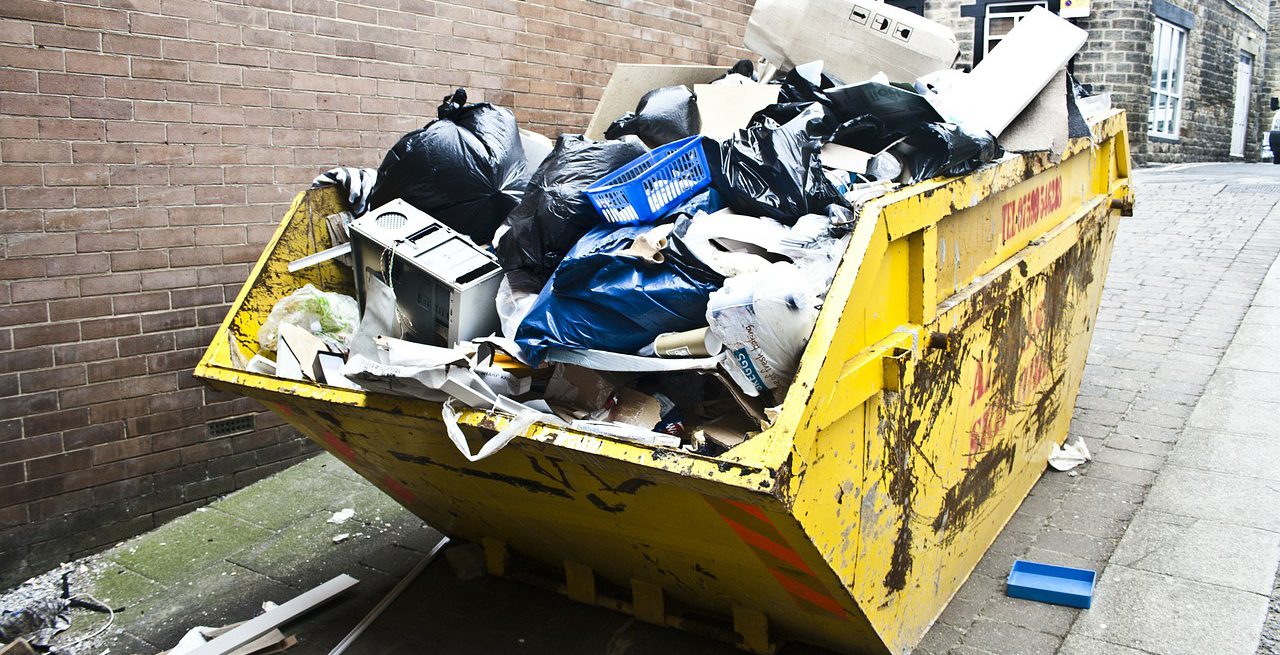Dining Data Helps Restaurants Trim their Waste
3 Min Read By Paul Kuck
Restaurants are leading contributors to food waste nationwide, but data is helping food service organizations transform their business practices to dramatically cut down on waste.
The average person in the U.S. generates more than four pounds of waste per day and landfill costs are on the rise. In 2017, the average price to dispose municipal solid waste (MSW) increased 3.5 percent from 2016 to $50.60 per ton. In an industry with severely thin margins and steep operating costs, food service organizations require more sustainable operations to reduce both resource waste and costs.
According to the National Restaurant Association’s 2018 State of Restaurant Sustainability report, less than half of restaurant organizations track food waste and only 14 percent compost food waste. Without tracking this waste, restaurants are not only throwing excess food and resources away, but they are also leaving valuable data in the dumpster. Data is key to thinking more strategically about both financial and environmental costs and embracing a holistic approach to waste reduction.
To implement and execute more efficient waste management practices powered by data, restaurants should consider three best practices.
Dumpster Dive
Waste audits provide an influential source of data that can be used to establish effective benchmarks, verify progress with sustainability initiatives and train employees to avoid mixing regulated waste streams. These audits enable businesses to determine current diversion rates, diversion compliance, non-compliant waste items and sites’ most common food waste.
By understanding waste better, organizations can determine where they have the best opportunities to improve waste management. With over nearly 2,000 locations nationwide, one quick service restaurant (QSR) set goals for high diversion rates and conducted a dumpster dive to assess trash composition. To enhance its recycling programs, the organization launched a cardboard box breakdown initiative, which collaborated with the marketing team for enhanced waste collection signage. The restaurant group also piloted a compacting system at 50 stores, which reduced the need for trash pickups by 40 percent. The QSR recognized that recycling and compaction systems had to be fundamental business operations to drive sustainability.
Learn Local
Restaurant organizations with multiple sites nationwide must align individual site waste practices with local regulations and available waste management resources. At 21 percent, food waste is the largest contributor to landfills, and, as a result, the U.S. Department of Agriculture and Environmental Protection Agency aim to cut current food loss in half, equaling $66 billion by 2030.
States and cities are further implementing legislation that requires businesses to compost food waste rather than send it to a landfill. These regulations require restaurants to closely examine their produce sourcing, food donations, and waste separation programs, and are also driving infrastructure changes to increase composting accessibility. Restaurants should understand what resources are available for compost programs locally before they roll out composting initiatives.
Many companies also delegate managing waste haulers to site managers. In addition to their existing responsibilities, these managers must select between a convoluted mix of major national, regional and small local haulers, each with different pricing, rate increase schedules, recycling programs, service levels and reporting abilities. As long as the waste goes away each week, many site managers don’t ask questions. Recognizing how local sites contribute to the bigger picture will drive a tailored but cohesive strategy. By better understanding recycling programs available to each geographic location and the local regulations, companies can more effectively determine the waste profile at each site and optimize container volumes and service frequencies.
Get Creative
Effective waste management practices extend beyond food waste as restaurants have an opportunity to recycle other commonly used resources. For example, only 26 percent of restaurants recycle glass, but one restaurant group identified a unique opportunity to launch a waste management program that recycled wine corks and diverted alcohol bottles from the restaurant waste streams. The organization now sends these bottles to a company that repurposes them into glassware, which it then sells at property stores. Through waste assessments and sustainability initiatives, the organization has diverted over 270,000 tons of waste away from landfills, increasing its diversion rate to 40 percent from 23 percent since 2012.
For restaurants to truly overhaul their waste management practices, they must track and review waste data in combination with environmental considerations, behaviors and materials that define their waste stream. With this powerful insight, they can then develop a strategic plan to cut down on waste and save costs.


